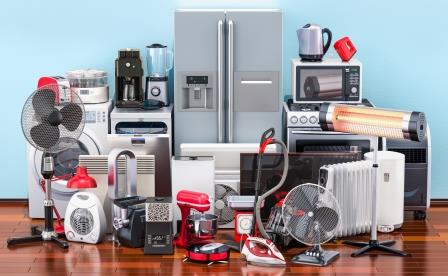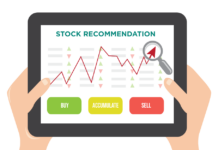Consumer durables companies are heading towards increasing prices of their products in response to an increase in raw material costs. Prices of steel, copper and aluminium have been rising on a steep gradient since July 2020. Most metal prices have risen between 20 percent and 35 percent in the past seven months. As a result, manufacturers of air-conditioners, appliances and automobiles are considering increasing prices.
The festive season is over and demand for most consumer durables has weakened. Companies are therefore testing a difficult market as they seek to protect their margins. Margins had soared during the quarters ended September and December 2020 largely because of a fall in commodity prices. In most cases, commodity prices have merely reverted back to their year-ago levels. So, the fretting of consumer durables companies over the increase in commodity prices is not entirely justified. But, setting prices is not about justice. It is about what the markets can absorb to enable companies to maximise their profits. The answer to what the markets can absorb should therefore be found on the demand side. Consumer demand is reflected in household incomes and consumer sentiments.
Consumer sentiments haven’t recovered yet from the steep fall they suffered about a year ago. Employment recovered the fastest but it did so only at lower income levels. And, the recovery in sentiments lagged even incomes by a huge margin. In October 2020, employment was down only 1.9 percent compared to a year ago. But, average household incomes were down by 12 percent. The debilitating impact of this sharp fall in income is reflected in the even sharper cut in consumption expenditure, which was down by nearly 20 percent. It is not surprising then that consumer sentiments were even worse off. These were down by nearly 51 percent in October 2020.
By February 2021, consumer sentiments improved a bit. Yet, in a year-on-year comparison, sentiments were down 48 percent. The recovery in consumer sentiments has been very slow.
Demand for automobiles, air-conditioners, refrigerators, washing machines, and similar other products hinge on an intangible feeling of when such purchases should be made. One of the five inputs into the consumer sentiments index is the answer to a question that directly addresses this factor. Respondents are asked whether, compared to a year ago, this was a better time to buy consumer durables, or a worse time or, it was no different than it was a year ago. Before the lockdown, usually about a quarter of the respondents said it was a good time, a little over 55 percent said it is no different and the remaining 20 percent would say it is a worse time to buy consumer durables.
During the lockdown, optimism to buy consumer durables dropped and on an average, less than 5 percent said that this was a better time. But, in October 2020, the proportion touched 7.4 percent. Then, it fell to between 6.5 and 7 percent till January 2021. In February 2021, less than 5 percent said it was a better time to buy consumer durables. So, are the consumer durables companies reading the markets incorrectly as they seek to raise prices?
Not entirely. In February 2021, there was a big increase in the propensity to buy consumer durables in households that had an average annual income in excess of a million rupees. Demand for consumer durables seems to have shifted in favour of households with higher incomes. But, this market could be thin.
Household income does play a role in a household’s propensity to buy consumer durables. As a result, usually, the proportion of households that consider it to be a better time to buy consumer durables increases as the household income increases. In February 2021, only 1.6 percent of households that had an annual income of less than Rs.100,000 considered it to be a better time to buy consumer durables. This proportion rose to 3.7 percent for households with annual income between Rs.100,000 and Rs.200,000 and further to a little over 7 percent for households with incomes between Rs.200,000 and Rs.1 million. Then, there is an abrupt increase.
More than 12 percent of households that earn more than Rs.1 million a year considered it to be a better time to buy consumer durables than it was a year ago. This is a spike in the proportion. In the preceding four months only about 7 percent of these households considered it to be a better time to buy consumer durables.
Consumer durables companies could possibly benefit from the significantly improved sentiment of households that earn more than Rs.1 million per annum. This segment may have replaced the heightened sentiments of households with income between Rs.500,000 and Rs.1 million in the preceding two months. Nearly 15 percent of these households were upbeat on buying consumer durables in December 2020 and 11 percent were similarly optimistic in January 2021. This proportion fell to less than 7 percent in February 2021.
It is important that the sentiments of the lower income households also increase. Else the companies are gambling on a thin sliver of the upper echelons of the Indian consumer market.
Article first published in Business Standard.










